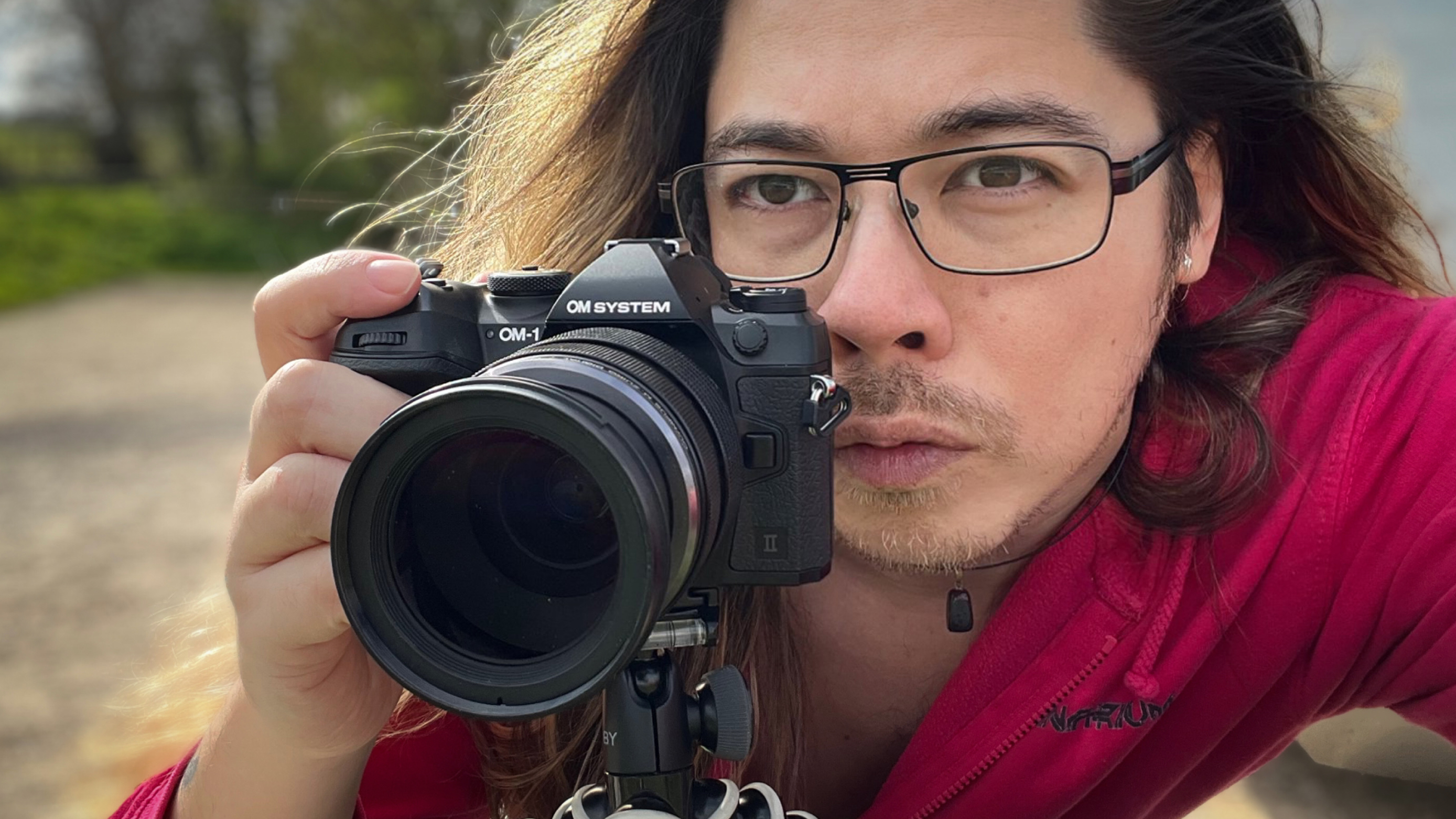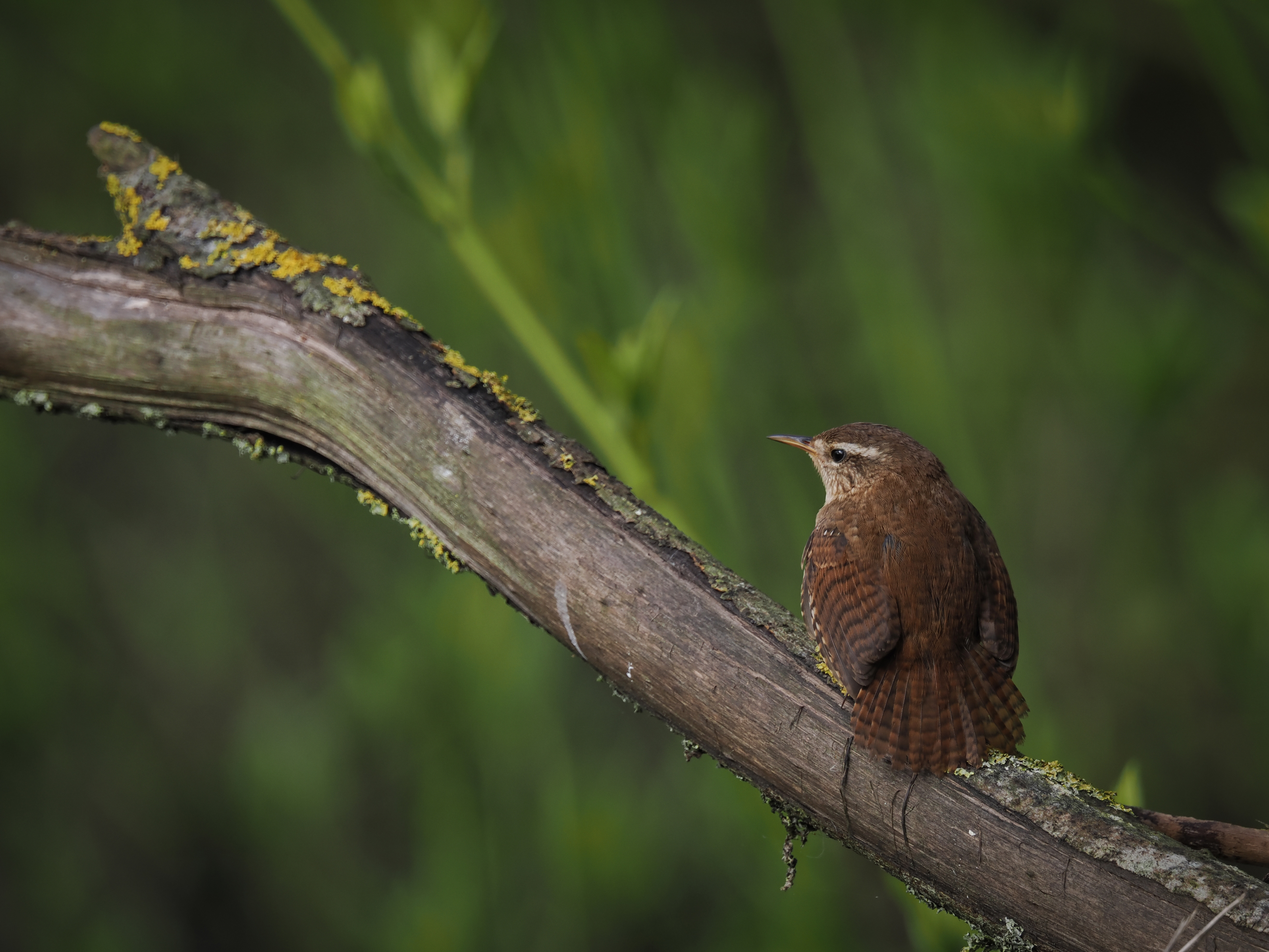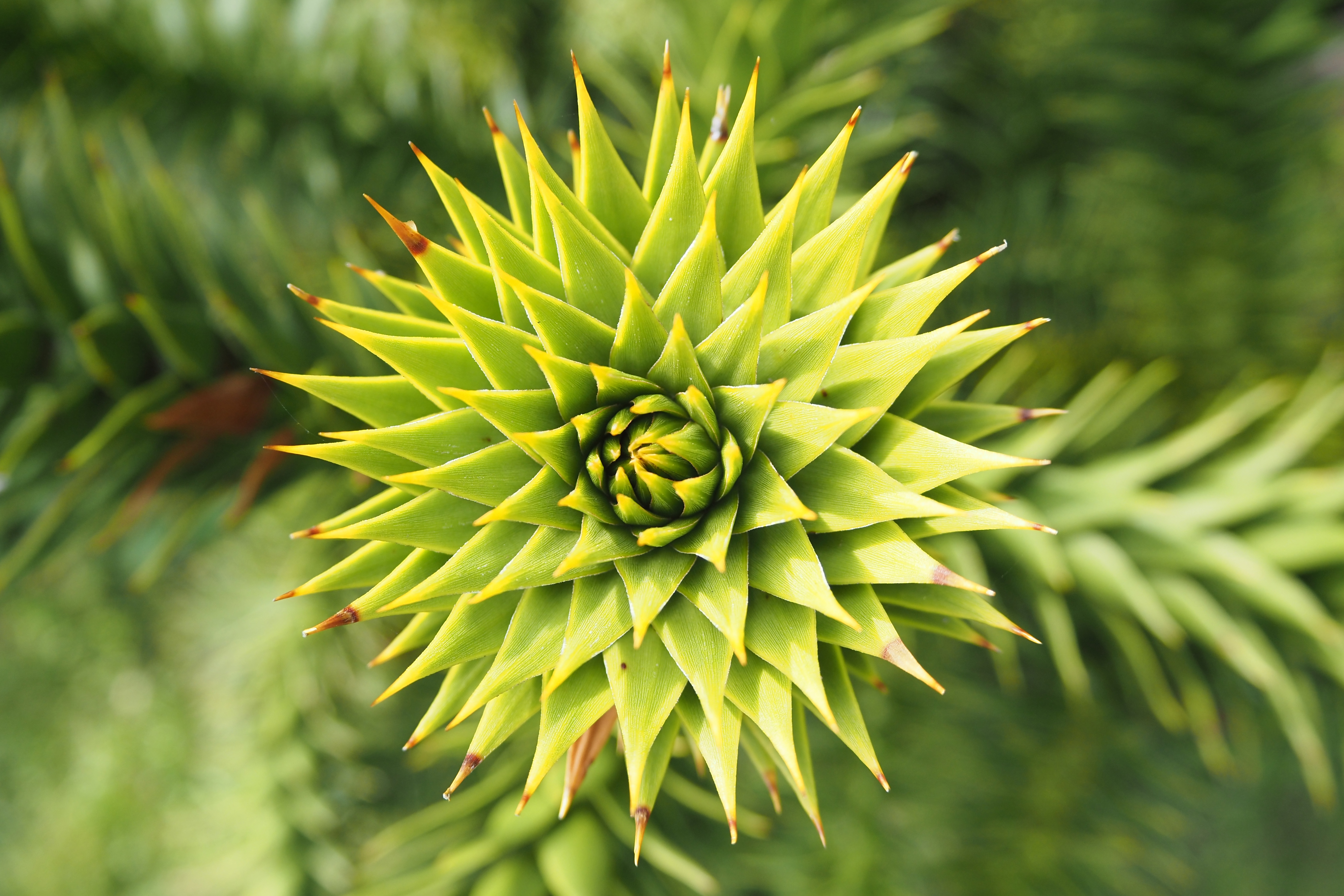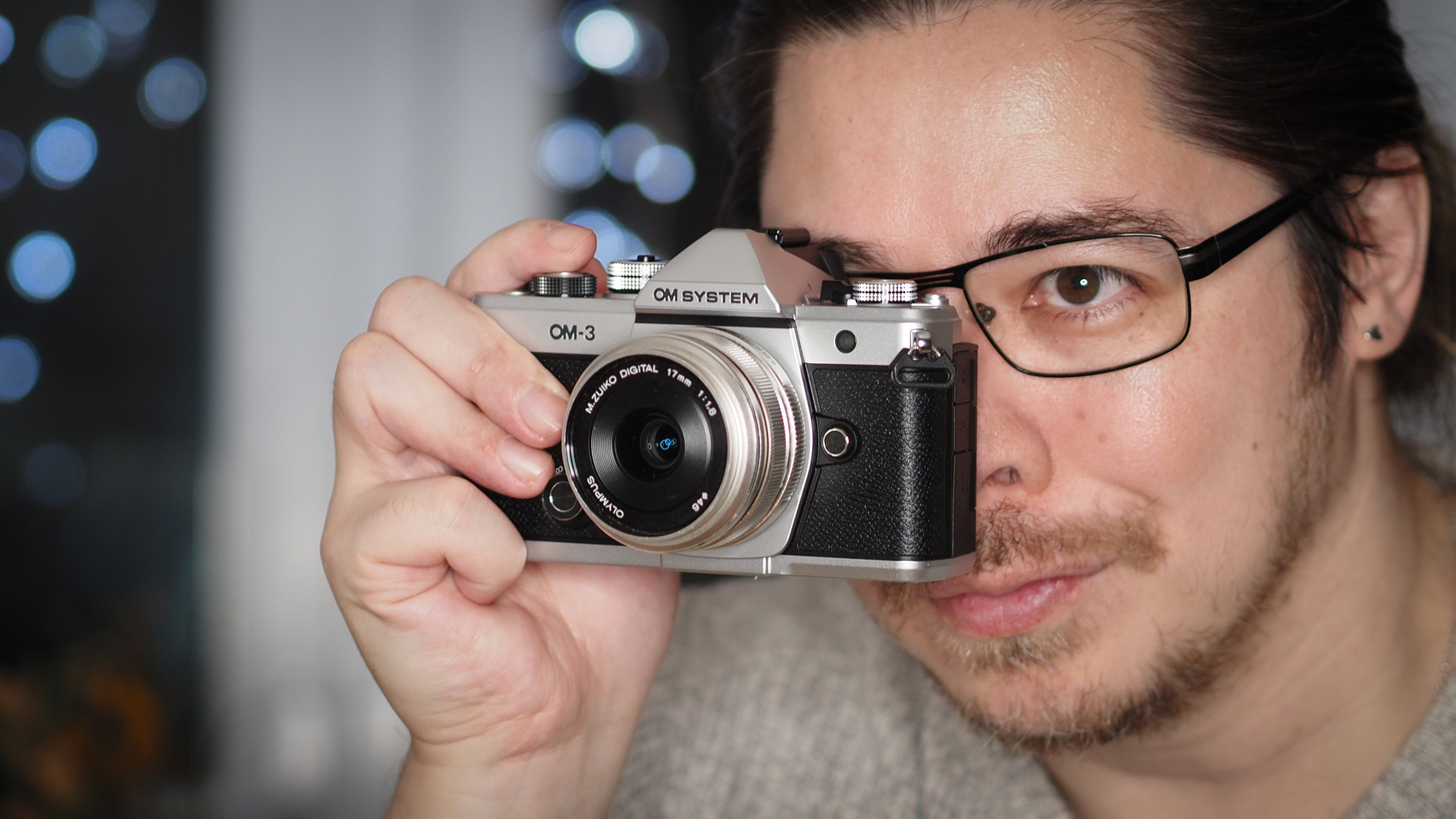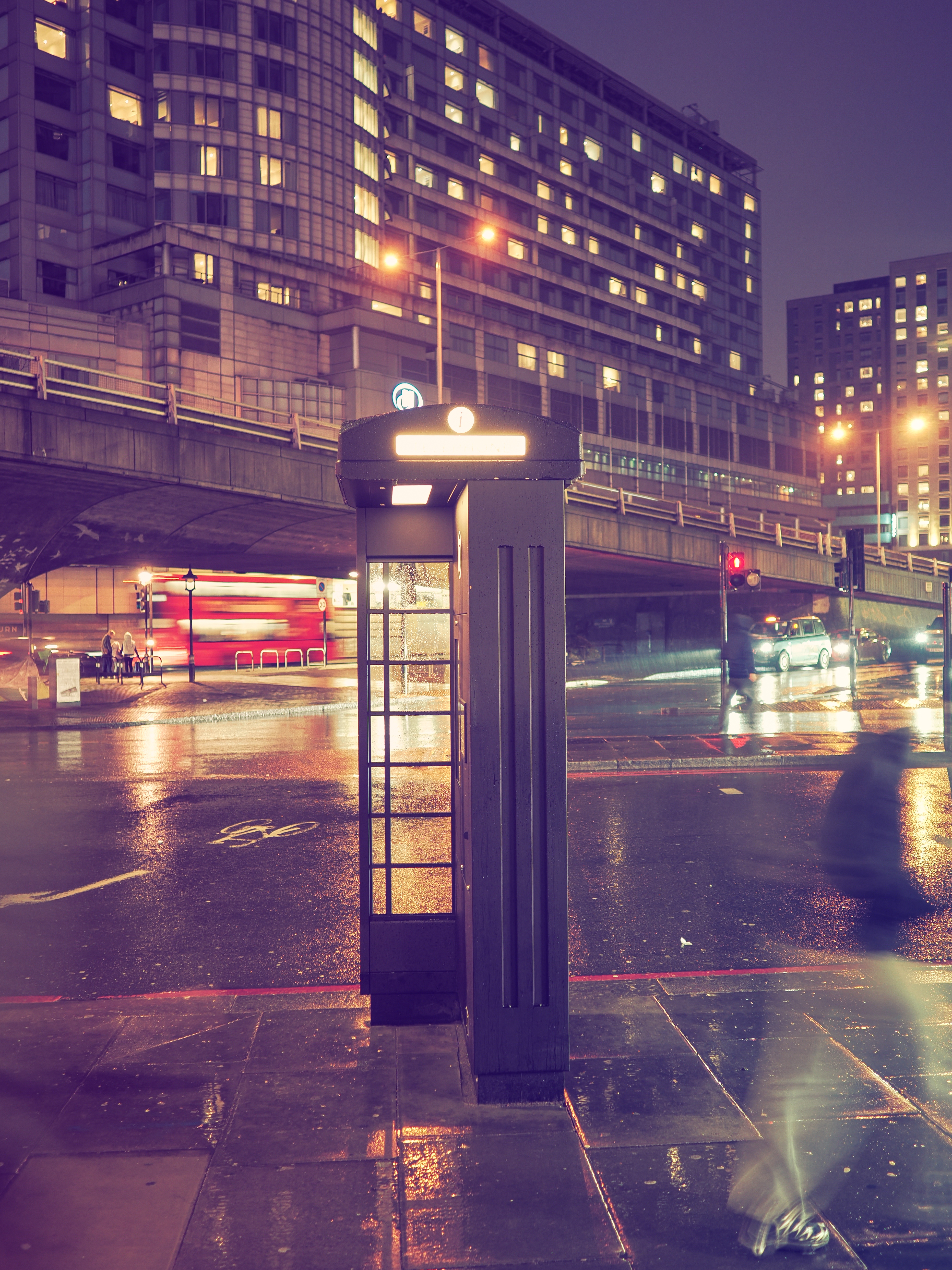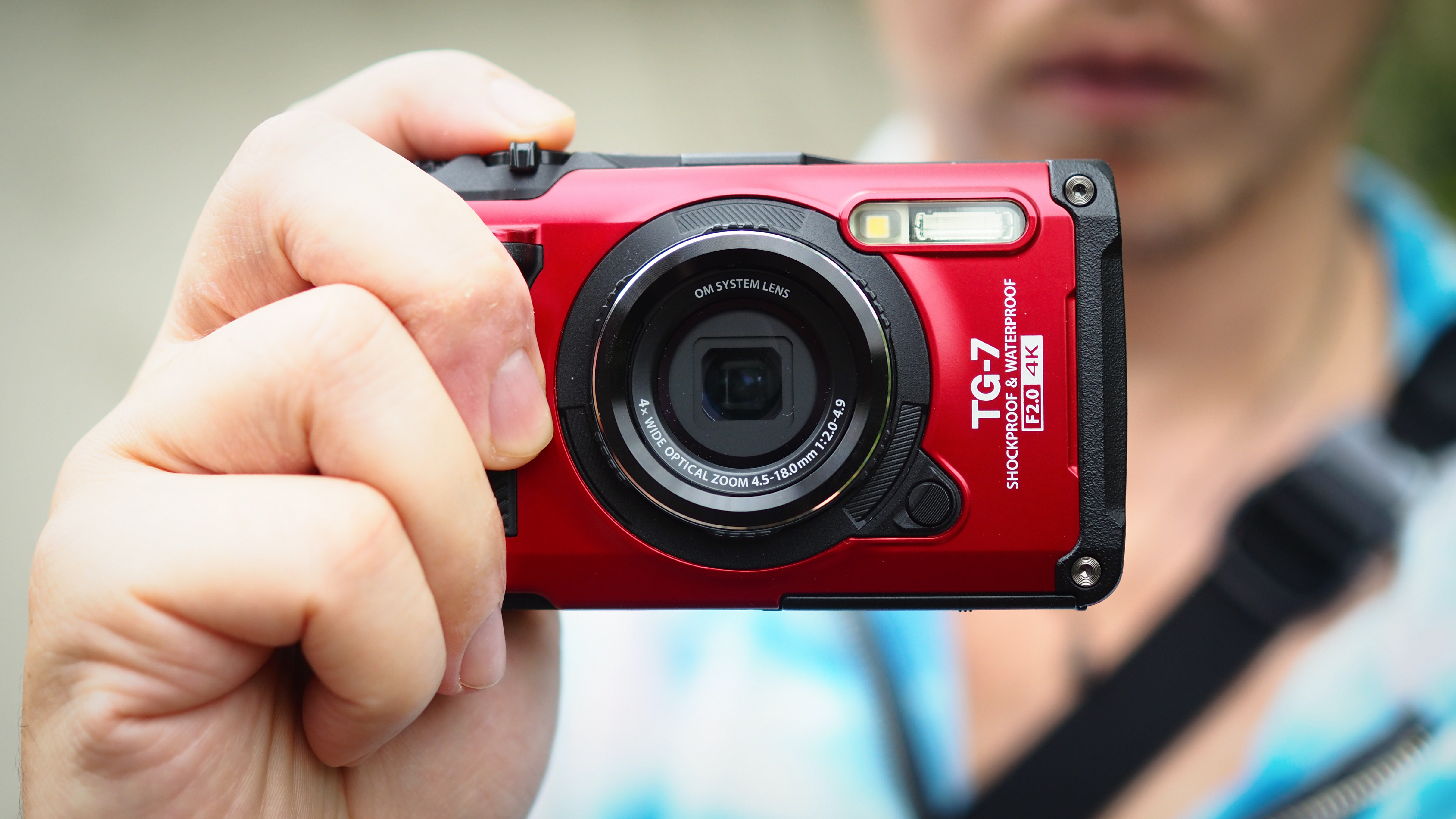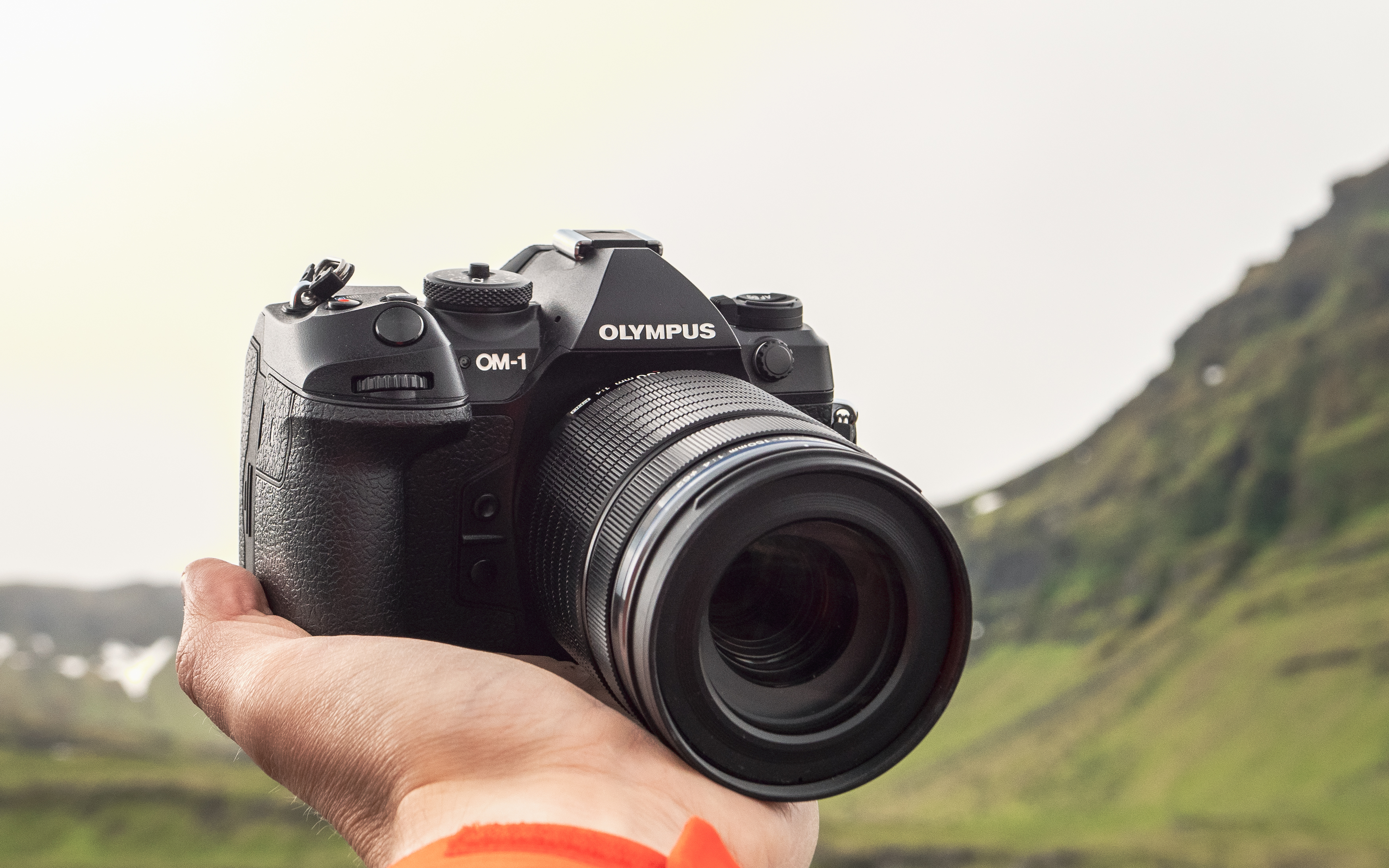The best Olympus cameras and OM System cameras for content creators, enthusiasts and pros
Small, powerful and stylish – these are the best Olympus cameras and OM System cameras from novice to pro shooting
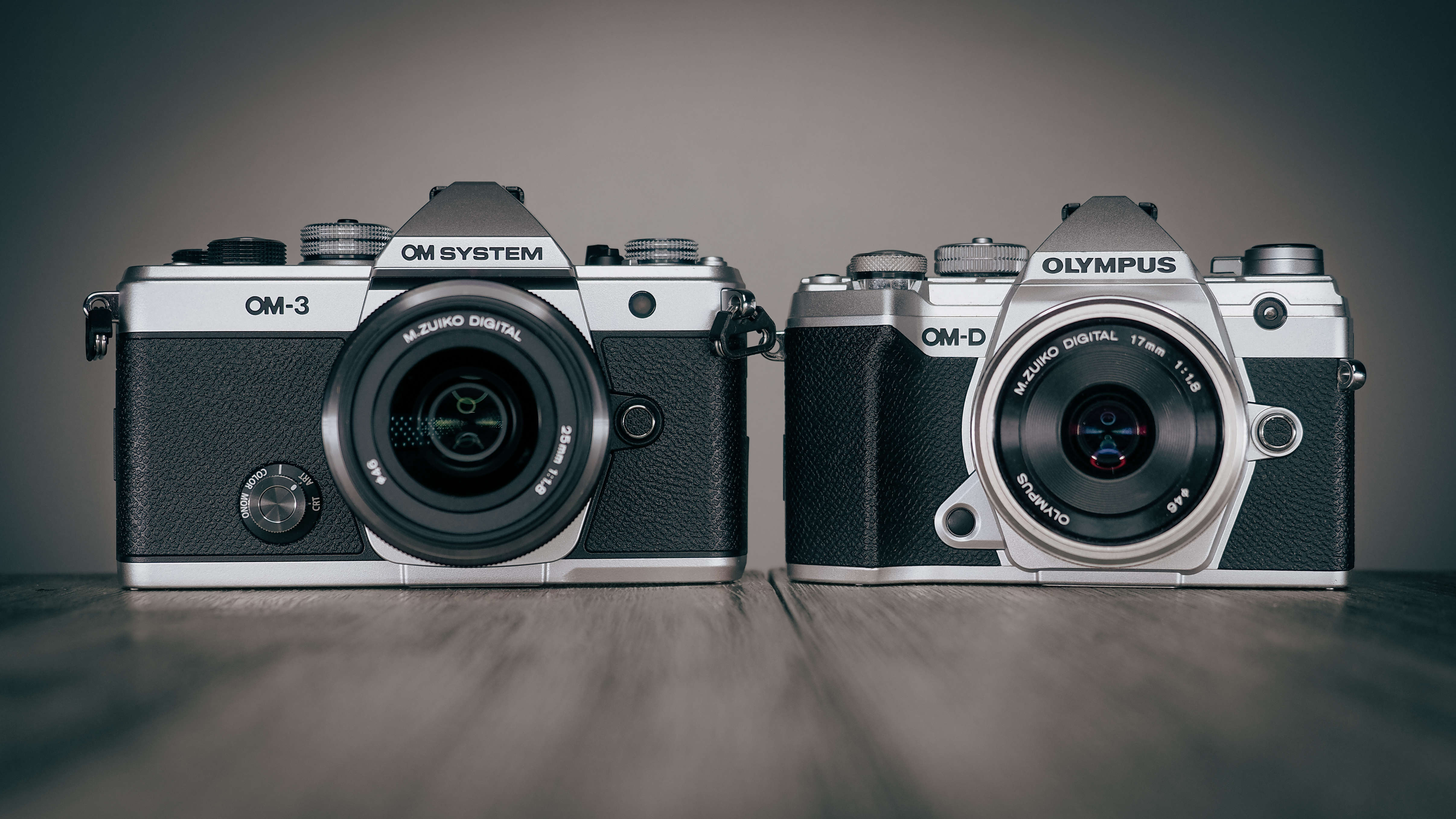
The best Olympus cameras – and the best OM System cameras, as the brand is now known – are truly unique in the world of mirrorless cameras for three reasons.
First of all, the best Olympus cameras boast incredible looks. Like Fujifilm, many of the bodies – including my favorite, the OM System OM-3 – are styled after classic film cameras. But beyond the beauty, they are also the cleverest computational cameras on the market with features such as software-driven ND and grad filters.
Their biggest trump card, however, is that the brand co-founded the Micro Four Thirds standard – the most compact interchangeable lens system on the market. Which means that the best Olympus cameras offer smaller body-and-lens outfits than any other company.
Full-frame and APS-C cameras can be small, but their lenses remain big due to the large sensors. However, the best Micro Four Thirds lenses are much smaller and lighter – and, thanks to the 2x crop factor of the smaller sensor, lenses have double the reach, so a 300mm lens becomes an effective 600mm lens.
Which means, in my opinion, that the best Olympus cameras are the top choice for anyone who wants a) a camera that looks cool, b) a camera that's small and discreet for street photography, c) a camera that's super lightweight for long landscape treks, and d) a camera to get maximum reach for wildlife and birding.
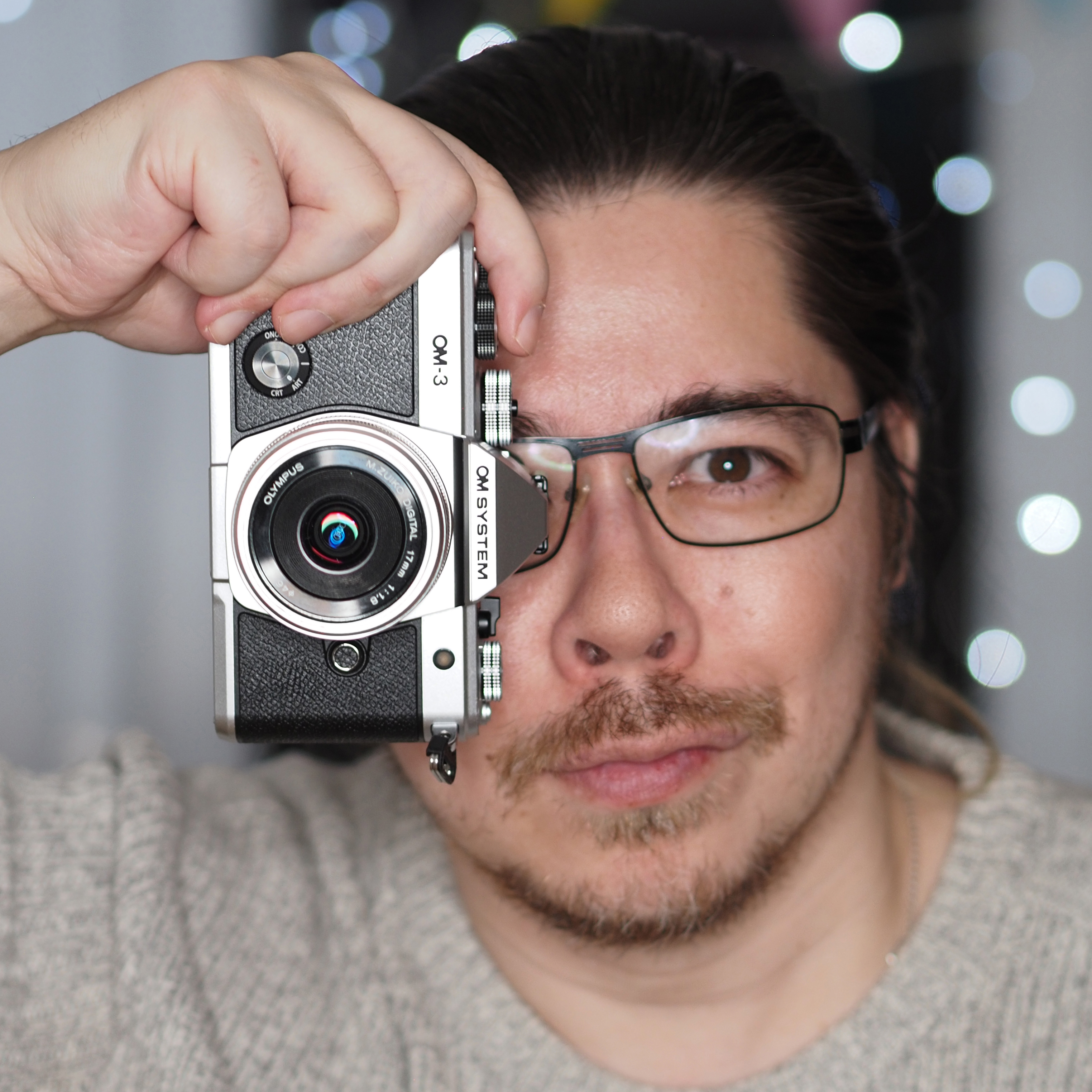
I've been shooting with Olympus / OM as my primary system since 2014, and my love for Oly film cameras dates back to my beloved OM-10. I use this kit for my professional client work as well as personal projects, and I've tested all 32 mirrorless cameras the brand has made!
The quick list

This flagship powerhouse boasts incredible computational features, superb weather sealing, lightning-fast burst and pre-capture modes, along with twin memory card slots for failsafe shooting.
Read more below
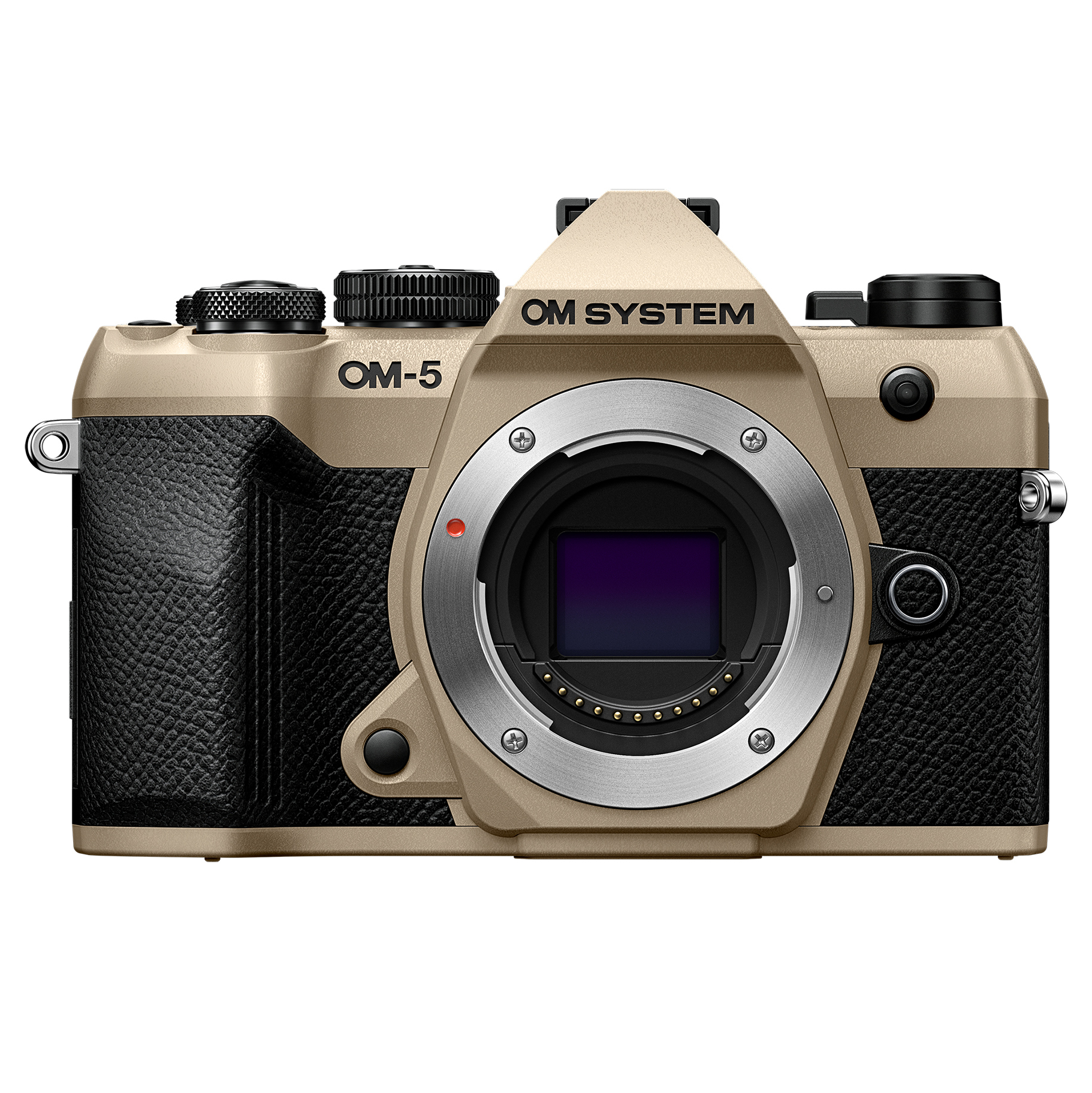
Lightweight, well-balanced and bursting with features, the OM-5 is a mid-range marvel that offers an ideal set of capabilities for enthusiasts, amateur photographers and those who travel.
Read more below
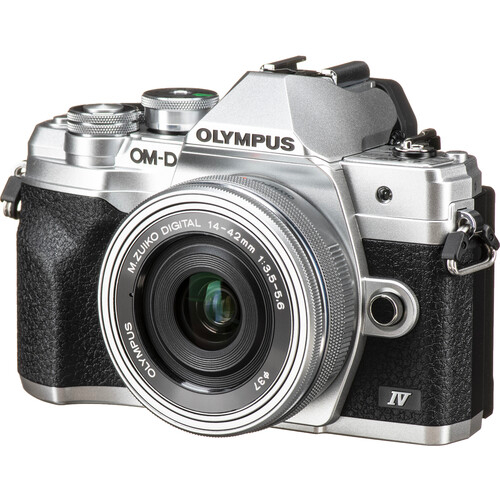
With its super-compact dimensions and intuitive UI, the E-M10 Mark IV is still one of the best choices for beginners – but it packs plenty of firepower to grow with you as your skills develop.
Read more below
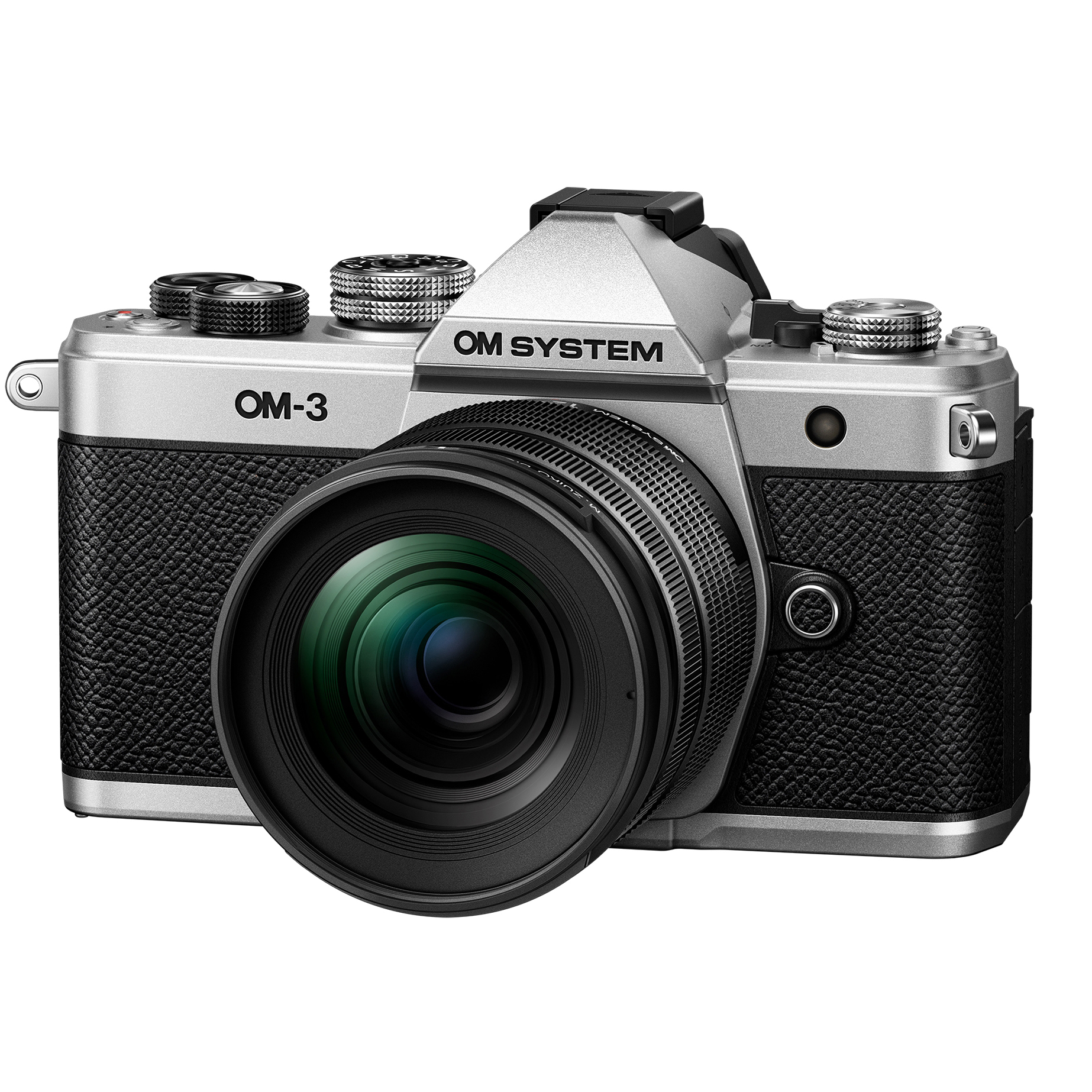
This is the best camera OM System has made since the Olympus days, combining the flagship firepower of the OM-1 Mark II with the creative capabilities of the legendary Olympus PEN-F.
Read more below

The PEN series are perfect everyday cameras – slim, stylish and highly capable. The pocket-sized E-P7 isn't available in all territories, but is well worth snapping up if you can.
Read more below
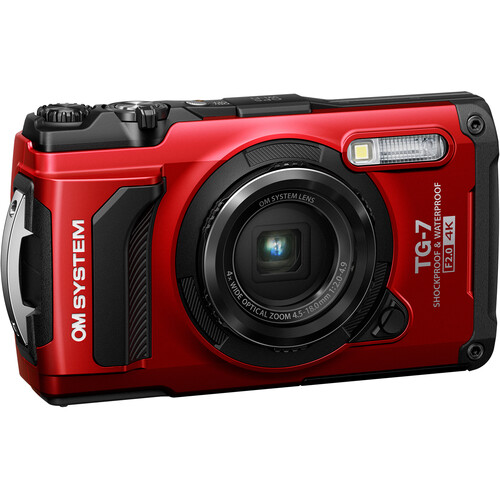
The waterproof TG series have long been considered the best tough compacts you can buy – if you want a pocketable adventure camera that can withstand water, look no further.
Read more below
Best OM System camera overall
Specifications
Reasons to buy
Reasons to avoid
It seemed at first glance like a fairly minor update to the original OM-1 – some even heckled it as little more than a "firmware update". However, my in-depth time with the OM System OM-1 Mark II revealed it to be a very different beast. It's not just the best OM System camera – it's a camera that can do things its rivals can't.
The signature addition is the Live GND filter, a software-based version of an ND grad filter, enabling you to control bright skies to create balanced exposures of landscapes and vistas. Pair this with the IP53 weather-sealing and you have one of the most capable and attractive outdoor cameras on the market.
Then you've also got a hugely improved autofocus system, a deeper buffer to take advantage of 120fps shooting, and in-camera focus stacking and bracketing that makes macro shooting so much easier (and Micro Four Thirds cameras are ideal for macro, thanks to their inherently greater depth of field).
This camera delivered everything I asked of it, and then some. Our lab tests show that it more than holds its own against rivals with larger sensors. It's time to let go of pre-conceived biases against Micro Four Thirds, given that the system has now produced one of the best cameras you can buy.
Read my full OM System OM-1 Mark II review
Best OM System camera for enthusiasts
Specifications
Reasons to buy
Reasons to avoid
There's an elephant in the room with the OM-5 Mark II: it's very similar to the OM-5 that preceded it. Which was very similar to the E-M5 Mark III that preceded that.
Familiarity shouldn't breed contempt, though; if you already own one of these 5-series cameras, then OM-3 is the choice you should be making. For anyone new to this product line, though, what you need to know is that the OM-5 Mark II is built for adventure.
Combining IP53 weather sealing, which enables it to withstand inclement conditions, with a suite of computational features (and a dedicated computational photography button!) that enable you to leave your filters and tripod at home, this is the camera to take with you for hiking, rambling, exploring and outdoor creation.
The incredible 6.5 stops of in-body image stabilization (which ramps up to 7.5 stops when used with Sync-IS lenses) means you can get crisp sharp shots without a tripod. And features such as Live ND (which gives you up to 4 stops of software-driven neutral density filters) mean you can get those silky waterfall shots even without your physical lens filters.
Other clever computational tricks make a welcome return – such as 50MP and 80MP High Res Shot for ultra-resolution, along with Starry Sky Autofocus for astrophotography – along with a refined physical body that now boasts a slightly beefier grip for better purchase.
The only real downside with this camera is that video is limited to 8-bit, so the footage you capture in the field isn't going to be premium quality – though really this is primarily a stills camera, and video is a luxury for things like occasional Reels and Stories.
I've used this camera line ever since the original Olympus OM-D E-M5, and it continues to be an incredibly compelling camera for enthusiast photographers.
Read my full OM System OM-5 Mark II review
Best Olympus camera for beginners
Specifications
Reasons to buy
Reasons to avoid
The Olympus OM-D E-M10 Mark IV's predecessor, the Olympus OM-D E-M10 Mark III, was a great camera with plenty to offer. However, its aging 16MP sensor and contrast AF left room for improvement. Luckily the Mark IV is a great update, with the same 20.3MP sensor as the PEN-F and improved Continuous Autofocus.
While some improvements are incremental, the Mark IV brings some interesting new offerings to the table including a zippy 15fps continuous burst mode.
I'm also a big fan of the extra-tiltable screen, which is capable of flipping 180° down to create the perfect selfie screen. And Olympus has thankfully returned silent shooting to manual mode! One of the best cameras for beginners, and a great travel camera too.
Read our full Olympus OM-D E-M10 Mark IV review
Best OM System camera for creativity
Specifications
Reasons to buy
Reasons to avoid
We waited nine years for a follow-up to the legendary Olympus PEN-F, and finally we have it – the OM System OM-3 is the PEN-F's spiritual successor.
Receiving universal praise from the industry, the OM-3 first catches your attention with its iconic good looks – modelled after the original Olympus OM-3 film camera. This beautiful body isn't just good to look at, though, as its metal construction and IP53 weather-sealing make it as tough as it is pretty.
Beneath its sexy exterior, the OM-3 combines all the same flagship technology as the OM-1 Mark II – the 20.4MP sensor with 80MP pixel-shift shooting, 120fps burst mode with pre-capture, 4K 60p ProRes and clever computation features – with the Creative Dial of the PEN-F.
This dial enables you to flick between dozens of film simulations and filters, and also grants access to a color creator that tailors the hues in your image to whatever you're shooting.
The OM-3 is my favorite camera in the lineup. Not only is it gorgeous to look at, it's simply glorious to take photographs with – it truly inspires you to pick it up, get outside and create something.
Read my full OM System OM-3 review
Best Olympus PEN camera
Specifications
Reasons to buy
Reasons to avoid
The Olympus PEN E-P7 combines the finesse and form factor of its predecessor, 2013's Olympus PEN E-P5, with the Profile Control switch inspired by the fan-favorite Olympus PEN-F, and the features and functionality of the Olympus OM-D E-M10 Mark IV.
The result is the best non-OM-D camera I've seen since the PEN-F. In fact, it's basically a PEN-F without an EVF.
The E-P7 is so stylish that you can take it anywhere, so simple that beginners can use it, and so capable that experts can get sensational results from it. It's perfect for stills, while IBIS makes recording video a breeze.
This is an ideal take-anywhere, shoot-anything camera – and that's why it's literally the camera that's on my shoulder everywhere I go (the much-lauded "everyday carry" that YouTubers talk about).
The only catch is you can't buy the PEN E-P7 in all regions, and notably it hasn't been launched in North America. If you get the chance to grab one, however, I highly recommend you do.
Read my full Olympus PEN E-P7 review

Best OM System compact camera
Specifications
Reasons to buy
Reasons to avoid
While the TG-7 is the best waterproof camera you can buy, its tough capabilities overshadow the fact that it's also one of the best compact cameras on the market.
Its 25-100mm lens gives you a great all-purpose zoom range that's perfect for everyday shooting and travel photography. The camera is simple and easy to use, with helpful menus and plenty of automatic options (I'm not too proud to admit that I mainly leave it in P mode!).
Of course, its headline features are its impressive waterproof, drop-proof, crushproof and freeze-proof capabilities. But it has plenty of other neat tricks, like incredible macro and microscope modes along with field sensors that the GPS location and even the ambient temperature of your photos and videos.
It shoots crisp 4K 30p video, and you can get slow-motion with FullHD 120p – or, if you don't mind sacrificing resolution, super slow-mo HD 240p or SD 480p – so it's great for picking up on-the-go and underwater footage.
I recently went on vacation where, for the first time ever, I left my "proper camera" at home and only took the TG-7 – and I took some of my favorite photos ever!
Read my full OM System Tough TG-7 review
How to choose an Olympus / OM System camera
Olympus and OM system cameras come in three broad categories:
- The flagship OM / OM-D bodies (harking back to the OM film cameras, aimed at professionals and enthusiasts)
- The PEN line (super stylish, and ideal for street shooting, social media and travel)
- The Tough TG cameras (fixed lens compacts that are near-indestructible, for use in any environment)
The range of Olympus and OM System cameras isn't as confusing as it looks at first glance. After the Olympus imaging division was sold to OM Digital Solutions, the brand name changed to OM System, meaning all new cameras and lenses now bear the OM logo.
There was no change to the lens mount or sensor standard, so the best Olympus / OM System cameras and best Olympus / OM System lenses still work exactly the same as they always did, and can all be used completely interchangeably.
All the Olympus and OM System cameras that use interchangeable lenses (which is most of them) are part of the Micro Four Thirds standard. This system, developed by Olympus in conjunction with Panasonic, is still going strong, with the best Micro Four Thirds lenses offering arguably the richest and most diverse range of any lens ecosystem.
And since Micro Four Thirds sensors are a even smaller than APS-C sensors, this means that the whole system is lighter, more compact and generally more affordable than rival camera set-ups (where even though APS-C bodies might be small, the lenses are still pretty big).
How we test cameras
We test cameras both in real-world shooting scenarios and in carefully controlled lab conditions. Our lab tests measure resolution, dynamic range and signal-to-noise ratio. Resolution is measured using ISO resolution charts, dynamic range is measured using DxO Analyzer test equipment and DxO Analyzer is also used for noise analysis across the camera's ISO range.
We use both real-world testing and lab results to inform our comments in buying guides, and continue testing these cameras over the long term to gauge their ongoing performance.
FAQs
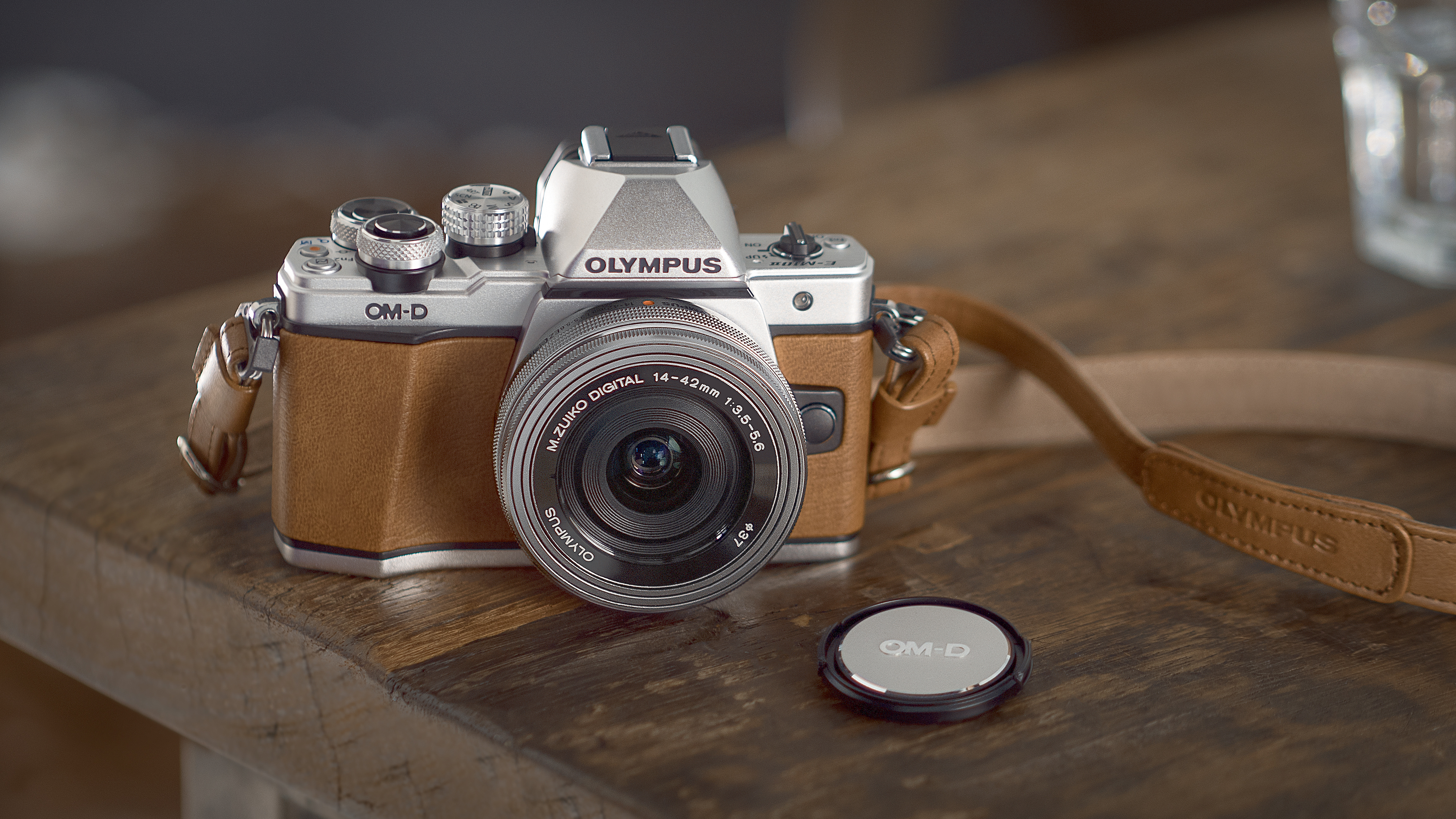
Do professional photographers use Olympus cameras?
Yes, many professional photographers use Olympus / OM System cameras. They are particularly popular among pro wildlife shooters, where the dramatically reduced size and weight compared to DSLRs or other mirrorless cameras means they can go further with less kit – or carry more kit than would be possible with a larger camera system.
What is the best Olympus camera?
For birding and wildlife, the OM System OM-1 Mark II is the best choice thanks to its superior autofocus, battery life and balancing with larger telephoto lenses. For creative shooting, it has to be the OM System OM-3 thanks to the Creative Dial that puts film simulations, art filters and custom shooting controls at your fingertips. For beginners it's the Olympus OM-D E-M10 Mark IV, with its compact size and user-friendly guided menus.
What is the difference between OM System OM-3 and OM System OM-1?
In terms of specifications the two cameras are identical, possessing the same technical capabilities. The difference between them is the style and handling; the OM-3 is one of the best retro cameras, designed to mimic the classic Olympus film cameras with its beautiful lines and minimalist grip-free chassis.
The OM-1 Mark boasts a bigger body with chunkier grip, for superior handholding and balance when using larger and longer professional lenses. It also boasts a second memory card slot, giving you piece of mind in case of card failure. The EVF is also faster and higher resolution, at 5.76 million dots with a refresh rate of up to 120fps (compared to the 2.36 million dots and 60fps of the OM-3).
Are Olympus cameras good quality?
Not only do they produce great image quality, Olympus / OM System cameras also feature perhaps the best build quality in the industry. Their weather sealing, for example, is regarded as the best in the business, with IP53-rated cameras and lenses alike – the highest you'll find in this category.
You might also be interested in the best Olympus lenses (OM System), as well as the best Micro Four Thirds cameras and the best Micro Four Thirds lenses made by partner companies like Panasonic.
The best camera deals, reviews, product advice, and unmissable photography news, direct to your inbox!

James has 25 years experience as a journalist, serving as the head of Digital Camera World for 7 of them. He started working in the photography industry in 2014, product testing and shooting ad campaigns for Olympus, as well as clients like Aston Martin Racing, Elinchrom and L'Oréal. An Olympus / OM System, Canon and Hasselblad shooter, he has a wealth of knowledge on cameras of all makes – and he loves instant cameras, too.
